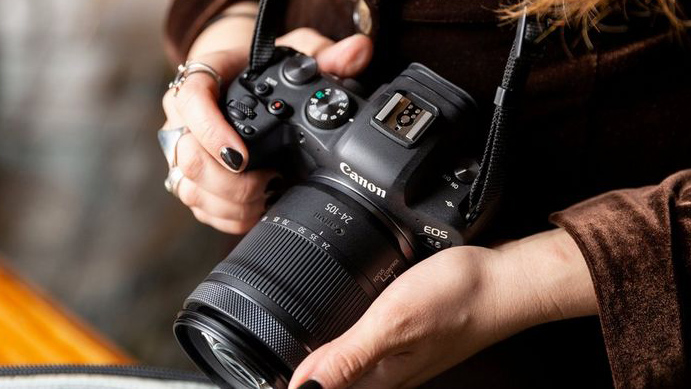Canon EOS R6 record times almost TRIPLE thanks to new firmware
Real-world record time improved 192%, recovery time HALVED on the Canon EOS R6 thanks to firmware 1.1.1

The Canon EOS R6 overheating issue has been significantly addressed by the latest firmware update, which improves real-world shooting times by 192% according to a new test.
Much like the Canon EOS R5, the Canon EOS R6 has had the specter of recording limits looming over it since launch. These limits, in place to prevent the camera from overheating due to the high temperatures produced by the demands of 4K capture, were revealed to be arbitrary software restrictions, but Canon's new firmware 1.1.1 goes a long way to addressing their impact on shooting.
Not only does the new firmware improve maximum recording durations, it also markedly improves the recovery period between them – meaning that you can both record continuous video for longer, and have your camera cool down faster once it has overheated.
In the below test, conducted by DP Review, the Canon EOS R6 using the new firmware was able to record a 49:20 clip before overheating; after a 30:00 cooldown, it was able to record another 38:57 clip before overheating again – a total of 88 minutes recording, with a 30-minute recovery.
This is a significant improvement over the original R6 performance, which was only able to record 41:00 clip before overheating, whereupon it needed a 60:00 cooldown (twice as long) and could then record just 21:00 – a total record time of only 62 minutes, with a 60-minute recovery.
However, that's just when you shoot the maximum possible amount of video every time – and few people shoot a continuous 40-minute 4K clip. In real world usage, it's much more of a stop-start process. So the site conducted a second, more realistic, test where the R6 filmed a 15:00 clip, followed by a 5:00 cooldown, followed by a 10:00 clip, another 5:00 cooldown, another 10:00 clip and so on.
In this 'real-world' situation, the original R6 firmware was only able to record for 40:40, but the new firmware enabled the camera to record 117:08 – that's almost two hours of recording time, which is an incredible improvement.
Get the Digital Camera World Newsletter
The best camera deals, reviews, product advice, and unmissable photography news, direct to your inbox!
This is partly due to another firmware change: ambient temperature is now taken into consideration. Previously, the camera had a prescribed recovery period that was entirely unaffected by the surrounding temperature. According to these new tests, however, the R6 can now be actively cooled using something like an ice pack – and the cooler temperature is recognized by the camera, which enables you to shoot more video after recovering.
"With that experiment that I mentioned before where we did the overheat test, I just left it at room temperature for that cooldown, and after half an hour as I mentioned, it said that there was 25 minutes remaining," said Jordan Drake.
"So then I did another experiment; I let it overheat, and put it on top of an ice pack. And once I did that, after only 15 minutes, it was saying 25 minutes remaining. So half the time to get the same available time – it does really look like with this new firmware it's factoring ambient temperature into that recovery."
It's a big improvement to the R6's achilles heel, and instantly makes the camera an even more appealing (and more capable) device for video.
Read more:
Canon EOS R6 review
Canon EOS R5 review
Canon EOS R5 vs R6 – What are the differences and which is best for you?

James has 22 years experience as a journalist, serving as editor of Digital Camera World for 6 of them. He started working in the photography industry in 2014, product testing and shooting ad campaigns for Olympus, as well as clients like Aston Martin Racing, Elinchrom and L'Oréal. An Olympus / OM System, Canon and Hasselblad shooter, he has a wealth of knowledge on cameras of all makes – and he loves instant cameras, too.

